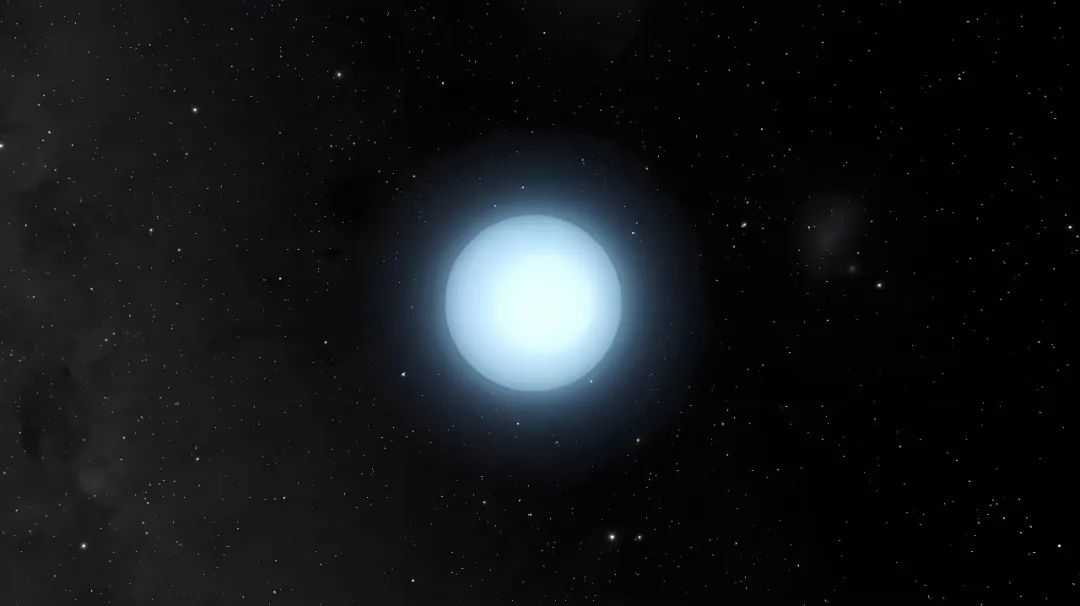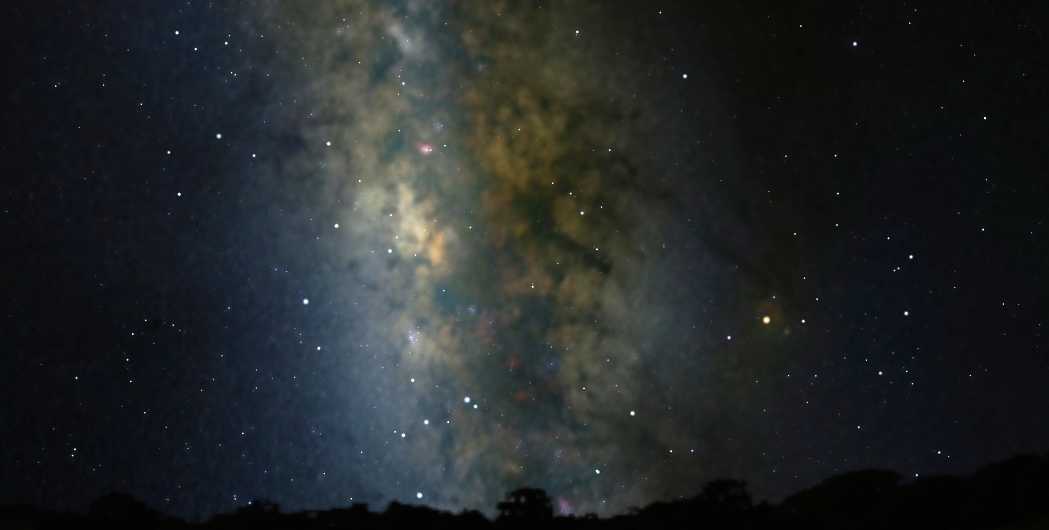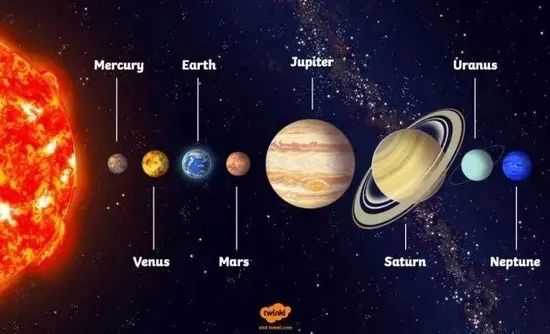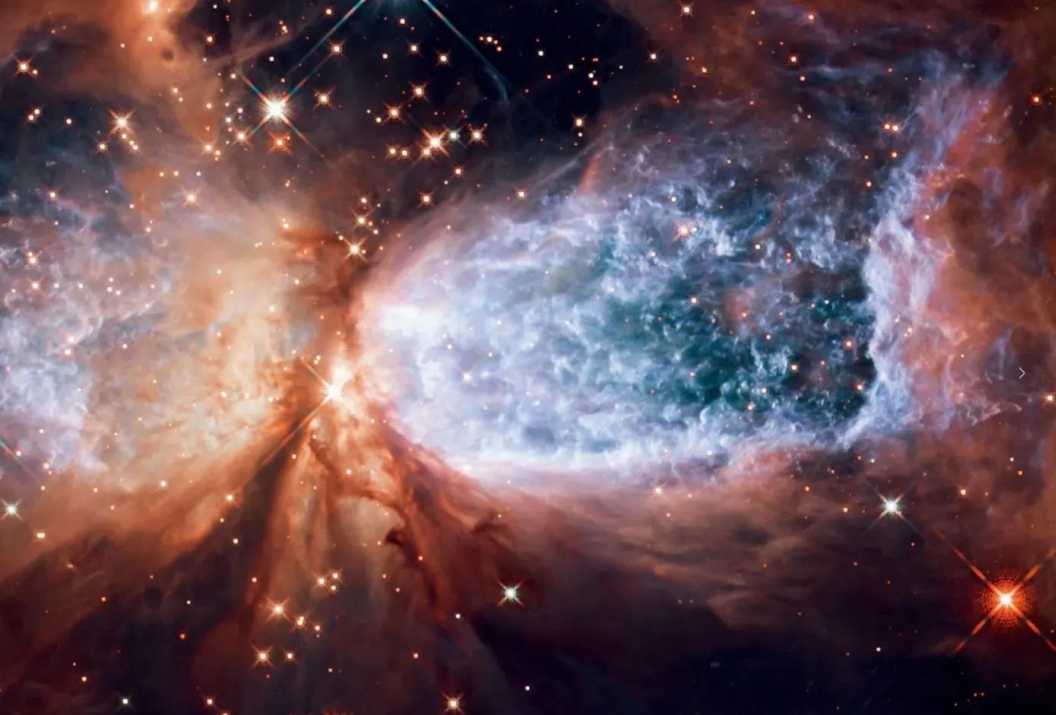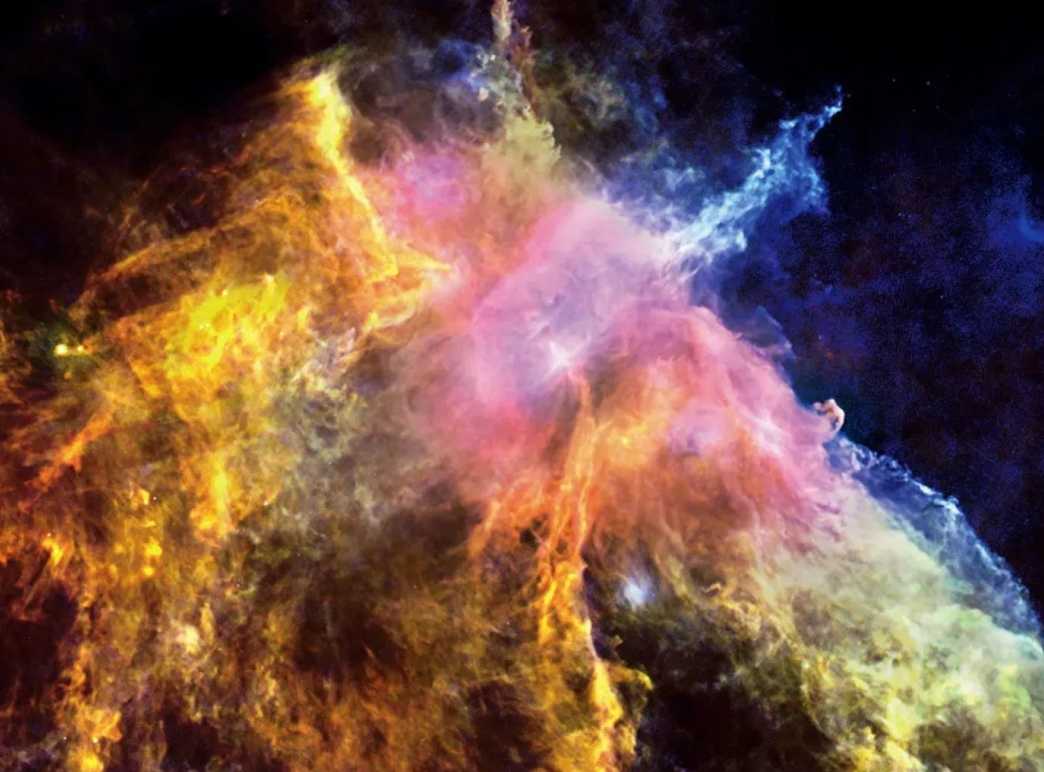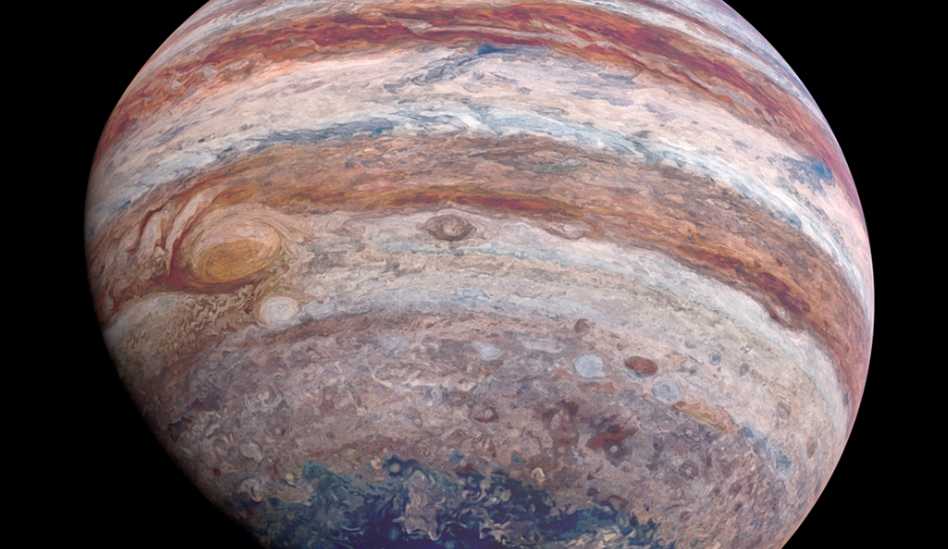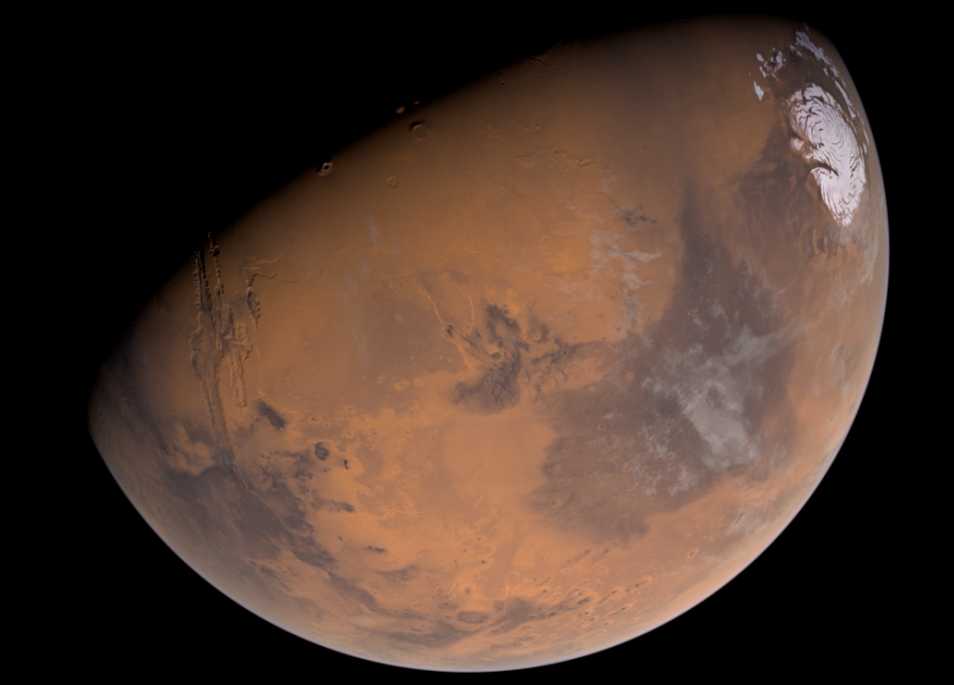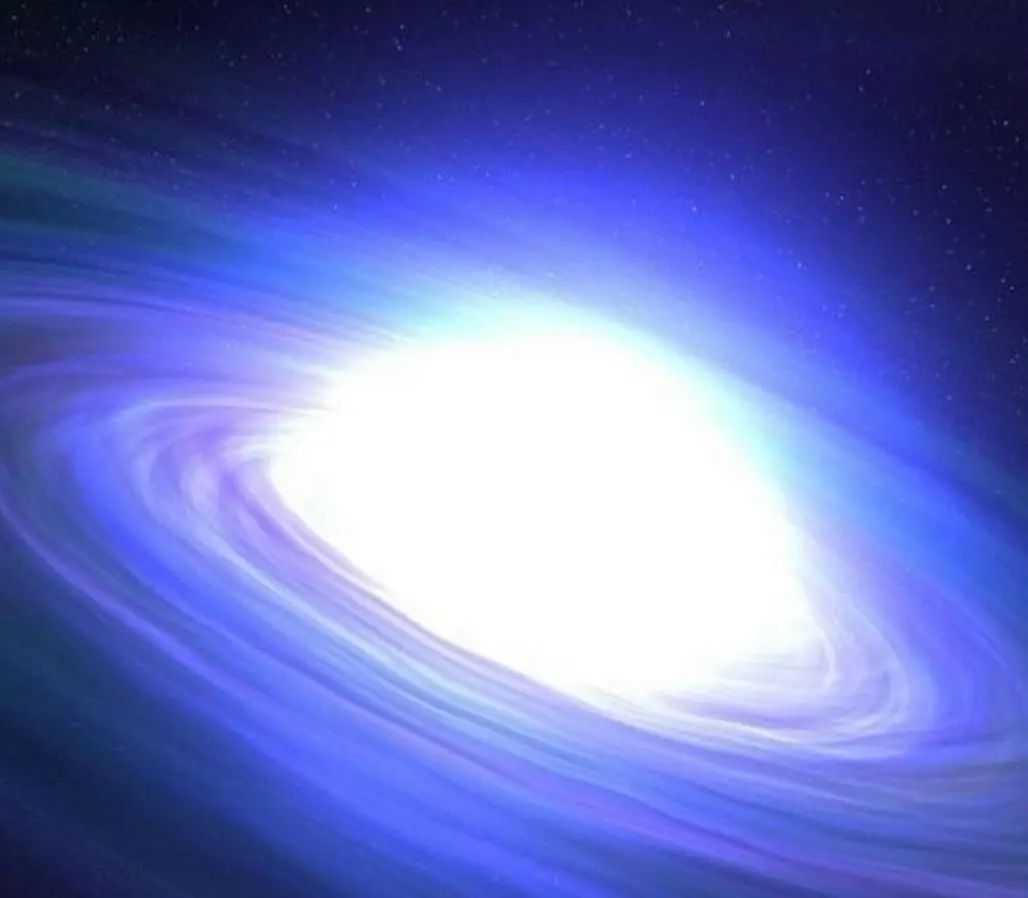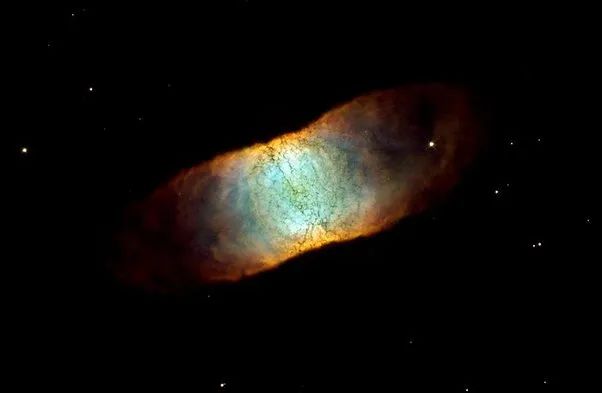Astro Information
Young Stars in Orion B Molecular Cloud Heat Up the Surrounding Dust
Deep within the vast expanse of our Milky Way galaxy, a cosmic drama unfolds in the Orion B molecular cloud. Located between 1000 and 1400 light - years from our Solar System, this region is a bustling nursery for new stars. Here, young, energetic stars are hard at work, heating the surrounding dust and creating a mesmerizing display of cosmic activity.
Jupiter: The Colossal Guardian of the Solar System
As the largest planet in our solar system, Jupiter commands attention with its immense size and dynamic atmosphere. This gas giant, a celestial behemoth more than 1,300 times the volume of Earth, serves as both a gravitational powerhouse and a cosmic laboratory, captivating astronomers and space enthusiasts alike with its swirling storms and diverse moons.
Mars: The Mysterious Red Planet Beckons Exploration
Mars, the fourth planet from the Sun, has long fascinated humanity with its rust - colored allure. Nicknamed the "Red Planet," it stands out in the night sky as a distinct, reddish - orange dot, sparking curiosity about what lies on its surface and within its atmosphere. This celestial body, smaller than Earth but teeming with secrets, has become a focal point for space exploration.
Pulsars: Celestial Beacons Born from Cosmic Cataclysms
In the vast and mysterious cosmos, pulsars stand out as some of the most extraordinary and enigmatic objects. These highly magnetized, rapidly rotating neutron stars rank as the second - densest celestial bodies, just after black holes. Their origin is deeply intertwined with the most powerful events in the universe - supernova explosions.
IC 4406: A Cosmic Swan Song of a Dying Star
IC 4406, a celestial spectacle in the vast universe, stands as a poignant testament to the final act of a star's life. This planetary nebula, formed from the remnants of a low - mass star approaching the end of its lifecycle, showcases the breathtaking beauty and complexity that emerge during the dramatic process of stellar decay.

